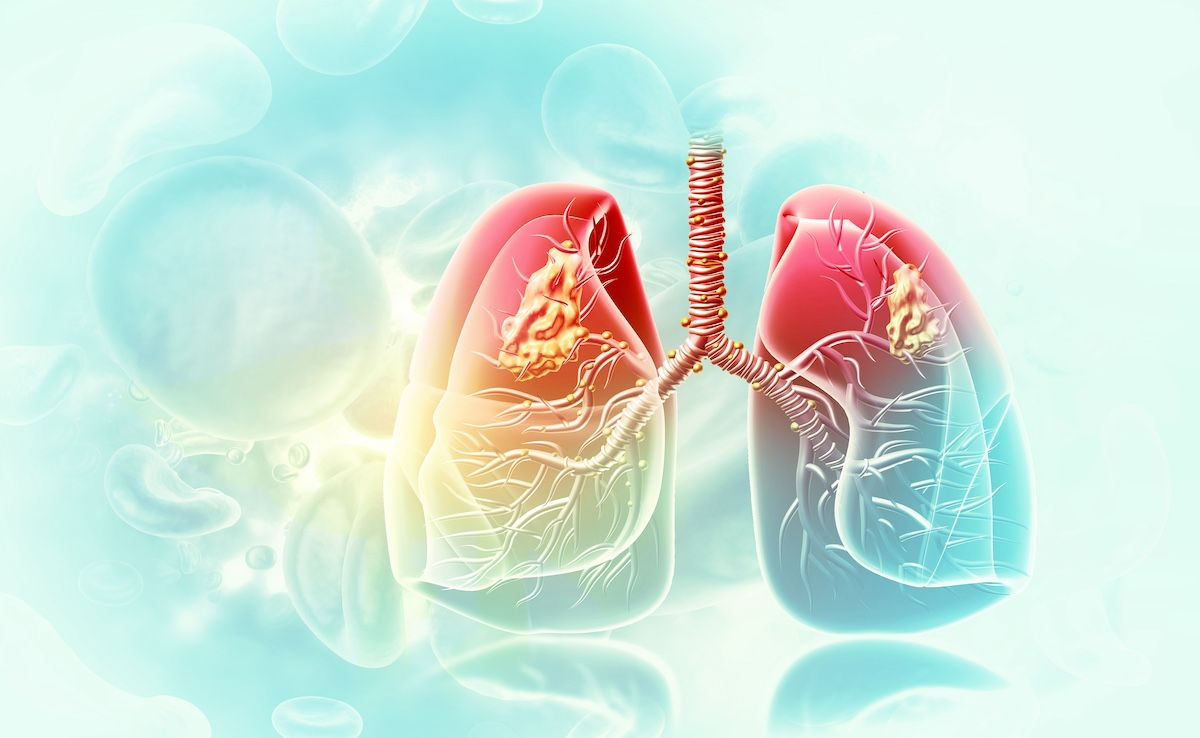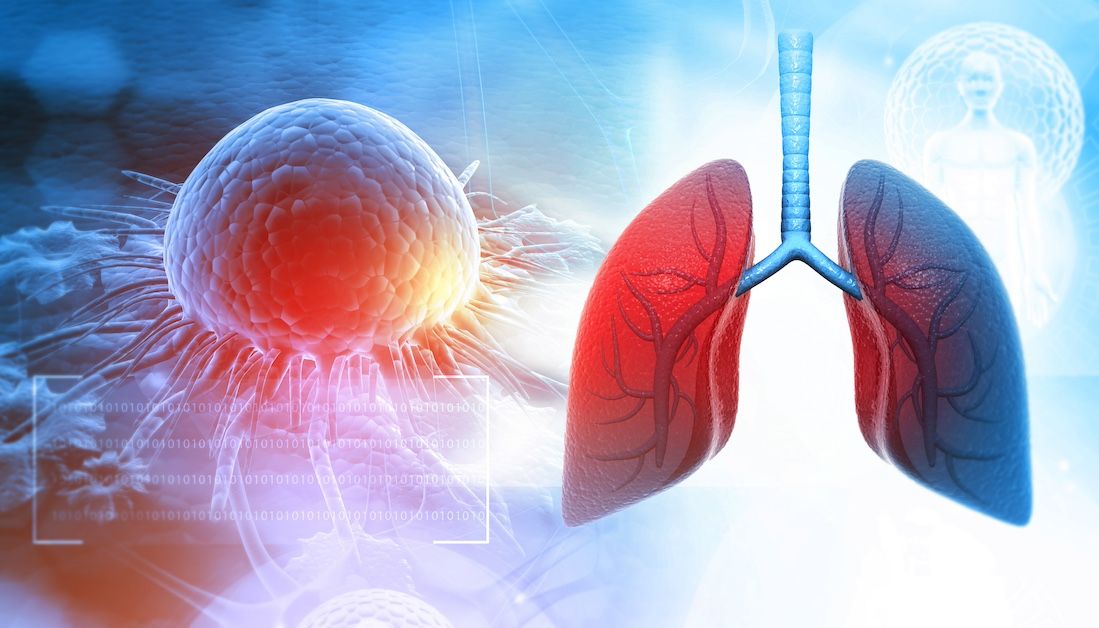Article
Assessing Tobacco Exposure Among Former Smokers Eligible for Lung Cancer Screening
Author(s):
Results of a cross-sectional study showed former smokers eligible for lung cancer screening should be asked about recent tobacco use and exposure, while counseling about the harms of these 2 risk factors is warranted.
Results of a cross-sectional study of data from the 2013–2018 National Health and Nutrition Examination Survey (NHANES) revealed former smokers eligible for lung cancer screening (LCS) should be asked about recent tobacco use and exposure, while counseling about the harms of these 2 risk factors is warranted.
The findings were published in the Journal of General Internal Medicine.
Updated United States Preventive Services Task Force (USPSTF) recommendations indicate all adults aged 50 to 80 years with a 20 pack-year smoking history, and who currently smoke or have quit within the past 15 years should undergo LCS, authors wrote.
However, “while recommendations are clear for current smokers who present for LCS, the guidelines for counseling former smokers are not well defined,” they added.
In an effort to better understand former smoker behavior and identify high-risk former smokers who would benefit from targeted counseling at the time of LCS, researchers assessed deidentified NHANES data from 472 former smokers eligible for LCS.
All participants had smoked at least 100 cigarettes in their lifetime and did not currently smoke at the time of the survey. Main study outcomes were recent tobacco use and exposure. “Former smokers without recent tobacco use were classified as having recent tobacco exposure if their cotinine levels were greater than 0.05 ng/mL,” researchers explained.
Cotinine is a nicotine metabolite reflecting recent exposure. Any cotinine level above the race/ethnic cut points for tobacco use, or reported tobacco use in the past 5 days constituted “recent tobacco use.”
The majority of former smokers eligible for LCS were non-Hispanic White (82.7%), male (67.1), and had incomes more than 100% over the federal poverty level (83.3%).
Analyses revealed:
- 1 in 5 former smokers eligible for LCS, totaling 1,416,485 adults when extracted to the US population, had recent tobacco use (21.4%; 95% CI, 15.8%-27.0%), with about a third each using cigarettes, e-cigarettes, or other tobacco products
- While 17.5% of former smokers reported recent use of a tobacco product in the past 5 days, 19.7% had cotinine levels indicating active tobacco use above racial/ethnic cut points
- Among former smokers without recent tobacco use, over half (53.0%; 95% CI, 44.6%-61.4%) had cotinine levels indicating recent tobacco exposure
- Groups with a higher percentage of recent tobacco use than their counterparts include men, those who quit within the past 0–3 years, and those living with a household smoker
The high levels of recent tobacco use and exposure among former smokers eligible for LCS underscore the need for improved assessment and provider counseling, researchers wrote.
“Providers can use this data to inform strategies that improve assessments and target former smokers for counseling on their continued risk for tobacco-related addiction, disease, and mortality, particularly for cardiovascular and respiratory disease,” they said.
Further clarification on guidance for assessing tobacco use may also be helpful to minimize misclassification of current smokers, while asking about any use in the past month may be better at characterizing this patient population.
Environmental interventions may be particularly useful for these patients, authors added. “Patients may be counseled that there is no risk-free level of smoke exposure and advised to make a smoke-free home rule, not just for the continued risk of developing lung cancer but more immediately for cardiovascular health.”
Biomarker based exposure via cotinine levels may also be beneficial to better classify former smokers with secondhand smoke exposure; however, high sensitivity lab tests for cotinine may not be widely available.
“Future studies should assess whether including cotinine levels may change patient behavior and outcomes, and what the cost-effectiveness of this approach might be,” researchers said.
The self-reported nature of current smoking status marks a limitation to the analysis.
Reference
Hood-Medland EA, Dove MS, Tong EK. Assessment and counseling gaps among former smokers eligible for lung cancer screening in US adults. J Gen Intern Med. Published online April 26, 2022. doi:10.1007/s11606-022-07542-0

Insufficient Data, Disparities Plague Lung Cancer Risk Factor Documentation



